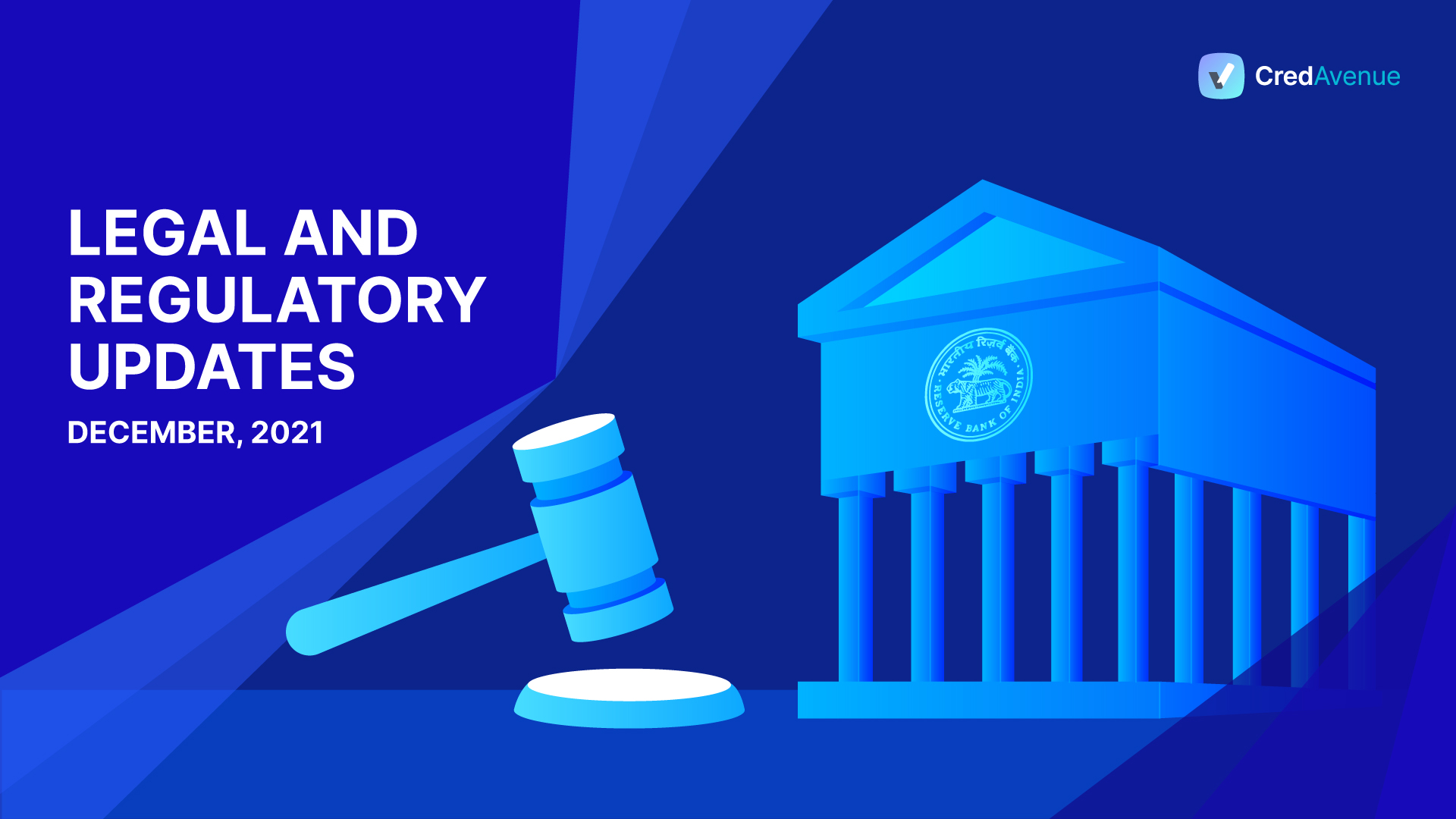
On December 14, 2021, the Reserve Bank of India (“RBI”) introduced the circular on prompt corrective action plan framework (“PCA Framework”) for the non-banking financial corporations (“NBFCs’). The PCA was already introduced by RBI way back in 2002 at which time, the framework was applicable to scheduled banks only. The objective of the PCA Framework is to enable supervisory intervention at the appropriate time and require the supervised entity/ NBFCs to initiate and implement remedial measures in a timely manner, so as to restore its financial health. The PCA Framework is also intended to act as a tool for effective market discipline.
Applicability: The circular applies to all deposit-taking NBFCs (excluding government companies) and all non-deposit taking NBFCs in the middle, upper and top layers (excluding government companies, primary dealers and HFCs, but including Investment and Credit Companies, Core Investment Companies (CICs), Infrastructure Debt Funds, Infrastructure Finance Companies, Micro Finance Institutions and Factors). The PCA Framework shall come into effect from October 1, 2022, based on the financial position of NBFCs as subsisting on or after March 31, 2022.
Key highlights: The circular lays down the risk thresholds which are required to be tracked and upon breach of which an NBFC will be placed under the PCA Framework. An NBFC will generally be placed under the PCA Framework based on the audited annual financial results and/or pursuant to the supervisory assessment made by RBI. However, RBI may impose PCA on any NBFC during the course of a year in case the circumstances so warrant.
For NBFCs-D and NBFCs- ND, capital and asset quality are the key areas for monitoring an NBFC under the PCA Framework. The risk thresholds on breach of which an NBFC may be placed under the PCA Framework are bucketed into three, viz., Risk Threshold 1, Risk Threshold 2 and Risk Threshold 3. Further, for NBFCs-D and NBFCs- ND, the indicators which are to be tracked in order to determine if an NBFC has breached a risk threshold comprises of (i) Capital to Risk-Weighted Assets Ratio (CRAR), (ii) Tier I Capital Ratio and (iii) Net NPA Ratio (NNPA).
For NBFCs-D and NBFCs- ND (excluding CICs):
- The NBFC will be classified as Risk Threshold 1 if (a) the CRAR is upto 300 bps below the regulatory minimum CRAR or (b) the Tier I Capital Ratio is upto 200 bps below the minimum Tier I Capital Ratio or (c) the NNPA ratio is >6% but ≤ 9%;
- The NBFC will be classified as Risk Threshold 2 if (a) the CRAR is more than 300 bps but upto 600 bps below the regulatory minimum CRAR or (b) the Tier I Capital Ratio is upto 200 bps but upto 400 bps below the regulatory minimum Tier I Capital Ratio or (c) the NNPA ratio is >9% but ≤ 12%;
- The NBFC will be classified as Risk Threshold 3 if (a) the CRAR is more than 600 bps below the regulatory minimum CRAR or (b) the Tier I Capital Ratio is more than 400 bps below the regulatory minimum Tier I Capital Ratio or (c) the NNPA ratio is >12%.
Based on the risk threshold which has been breached by an NBFC, the circular also provides for the mandatory corrective actions and discretionary corrective actions to be adopted with respect to such NBFC. Depending on which bucket the NBFC has fallen into, the mandatory actions proposed comprises of restrictions on dividend distribution/ remittance of profits, requirement on promoters/ shareholders to infuse equity and reduction in leverage, restriction on issue of guarantees by the NBFC, restrictions on branch expansion, restrictions on capital expenditure and reduction in variable operating costs.
Discretionary actions include (without limitation) special supervisory monitory meetings at identified frequency, special inspections and audits, restructuring of operations, activation of a supervisor-approved recovery plan, RBI’s active engagement with NBFCs’ board as appropriate, removal of directors/ managerial persons, detailed board-level review of capital planning of the NBFC etc.
Once an NBFC is placed under the PCA Framework, the applicability of the PCA Framework on the NBFC may be removed and/or restrictions imposed under the PCA Framework may be withdrawn: a) if no breaches in Risk Thresholds in any of the parameters are observed as per four continuous quarterly financial statements, one of which should be Annual Audited Financial Statement (subject to assessment by RBI); and b) based on supervisory comfort of the RBI, including an assessment on sustainability of profitability of the NBFC. In case of any breach of the corrective actions stipulated in relation to an NBFC, such NBFC’s performance will be measured over four consecutive quarters on risk threshold parameters to declassify the NBFC placed under PCA.
Bottomline: The framework is intended at close monitoring of NBFCs and early detection of risks/ stress. The corrective action plan is an additional tool that will be available to RBI now in addition to other pre-existing rights. The PCA Framework may thus prove a very effective supervisory tool and is a welcome move from RBI.
For a detailed reading on the PCA Framework, please click the link.




